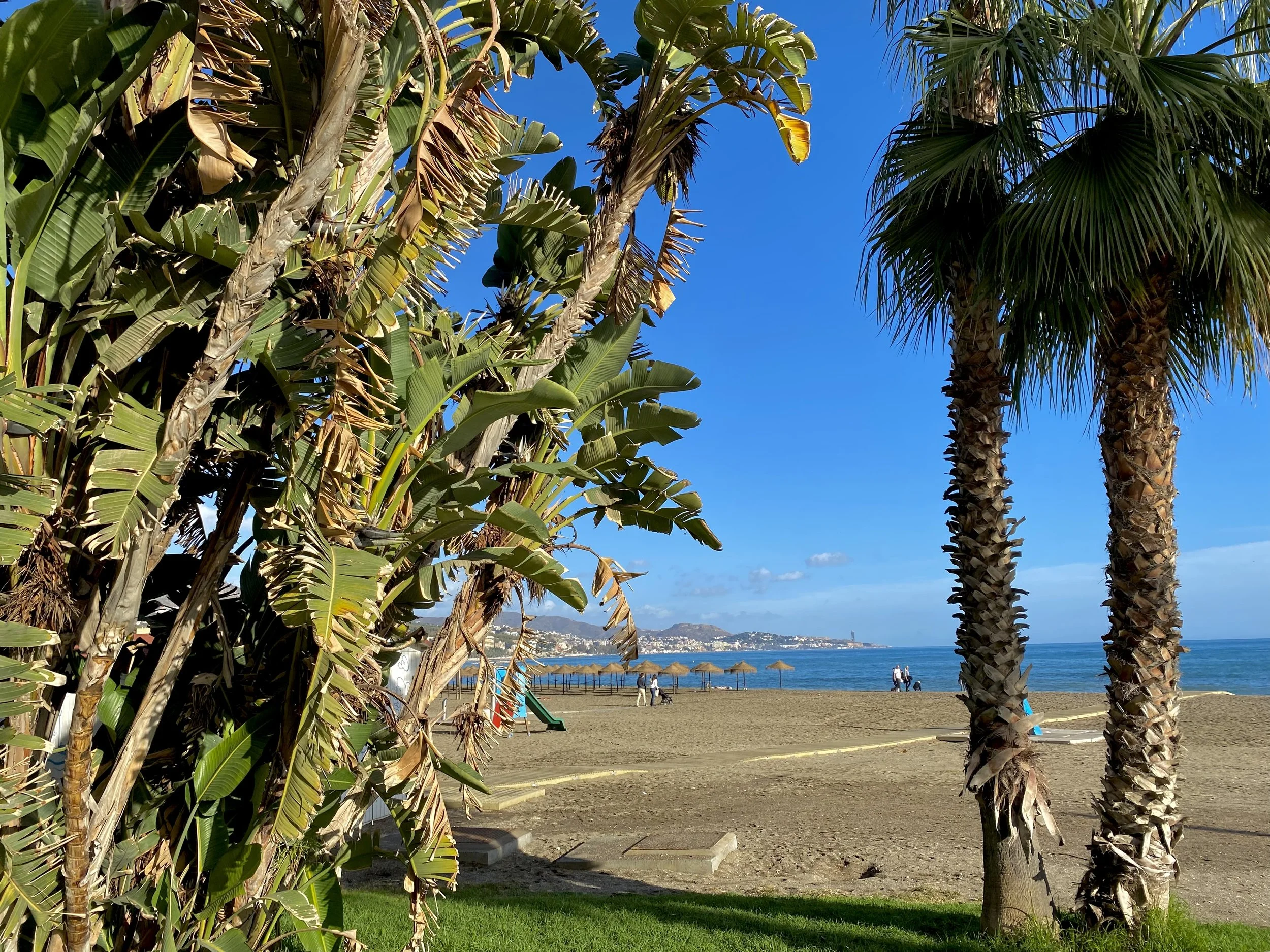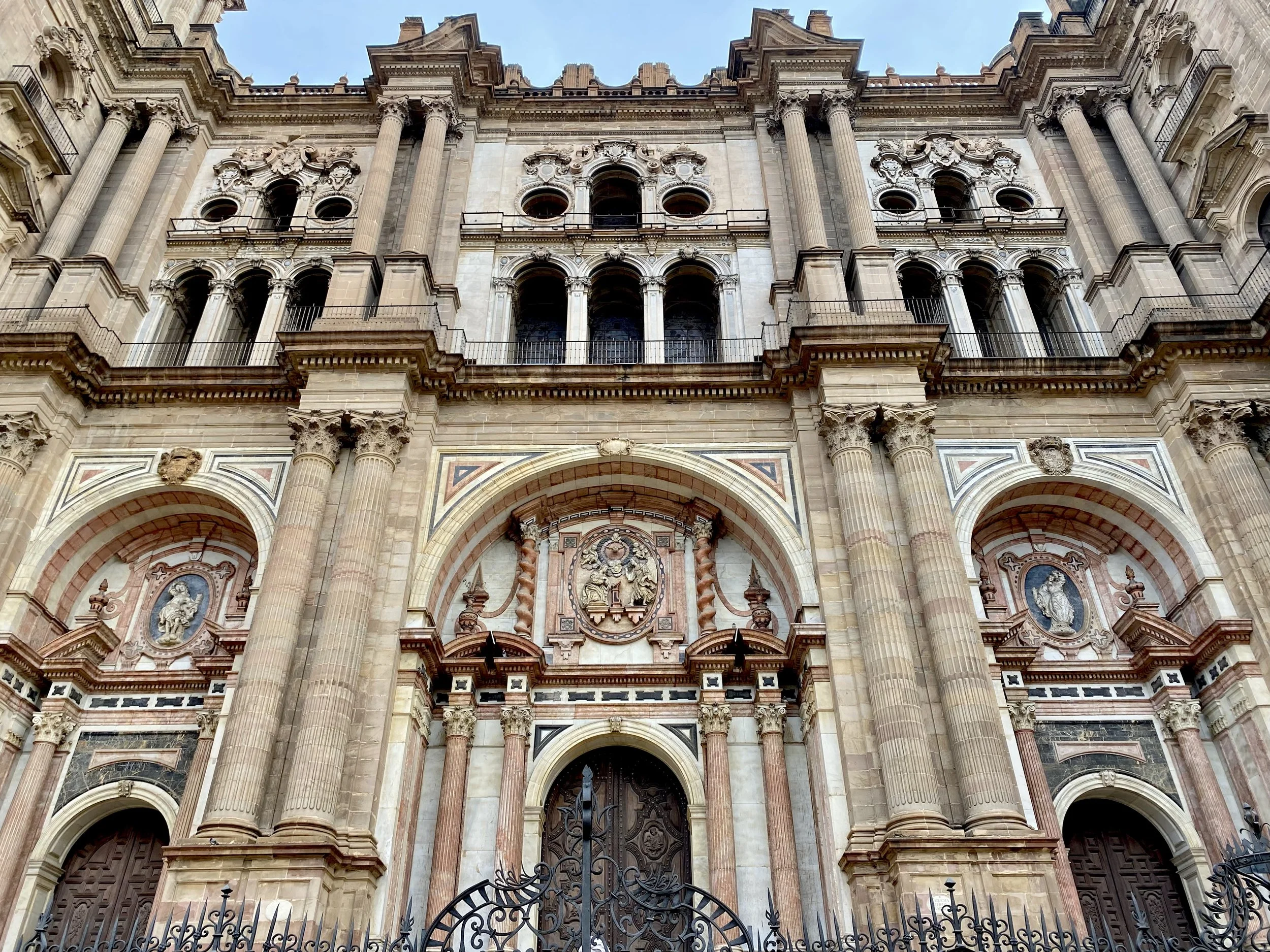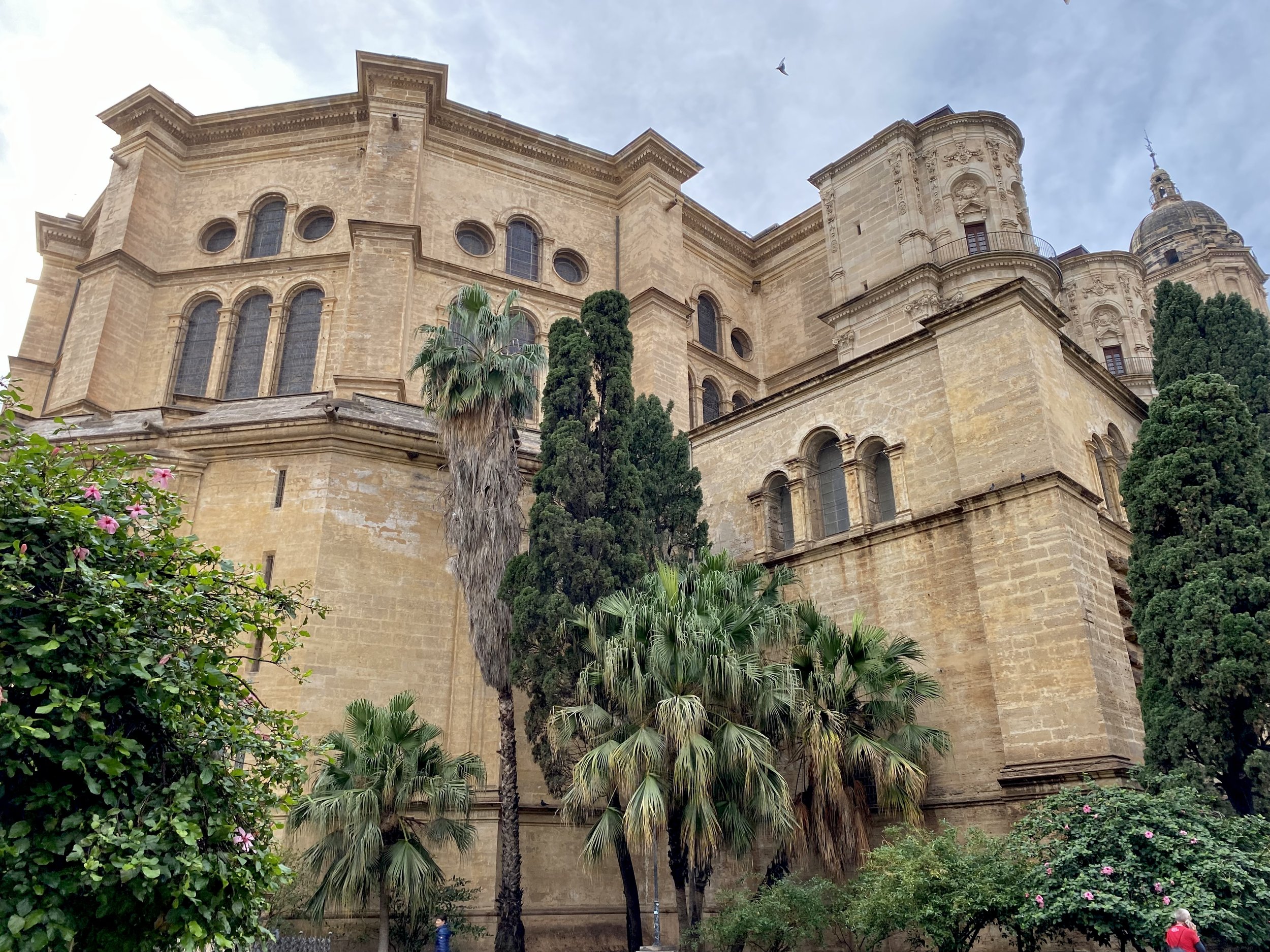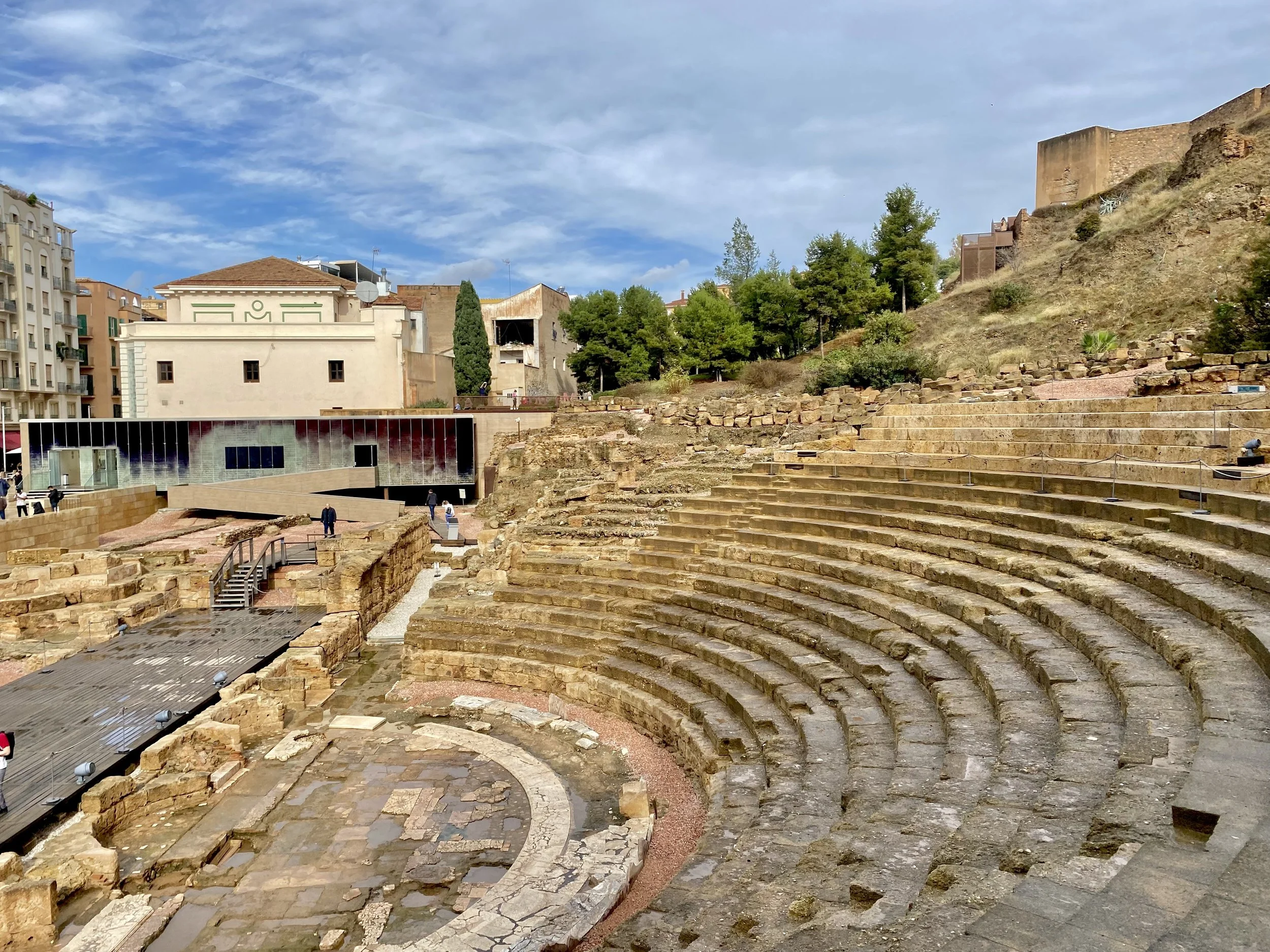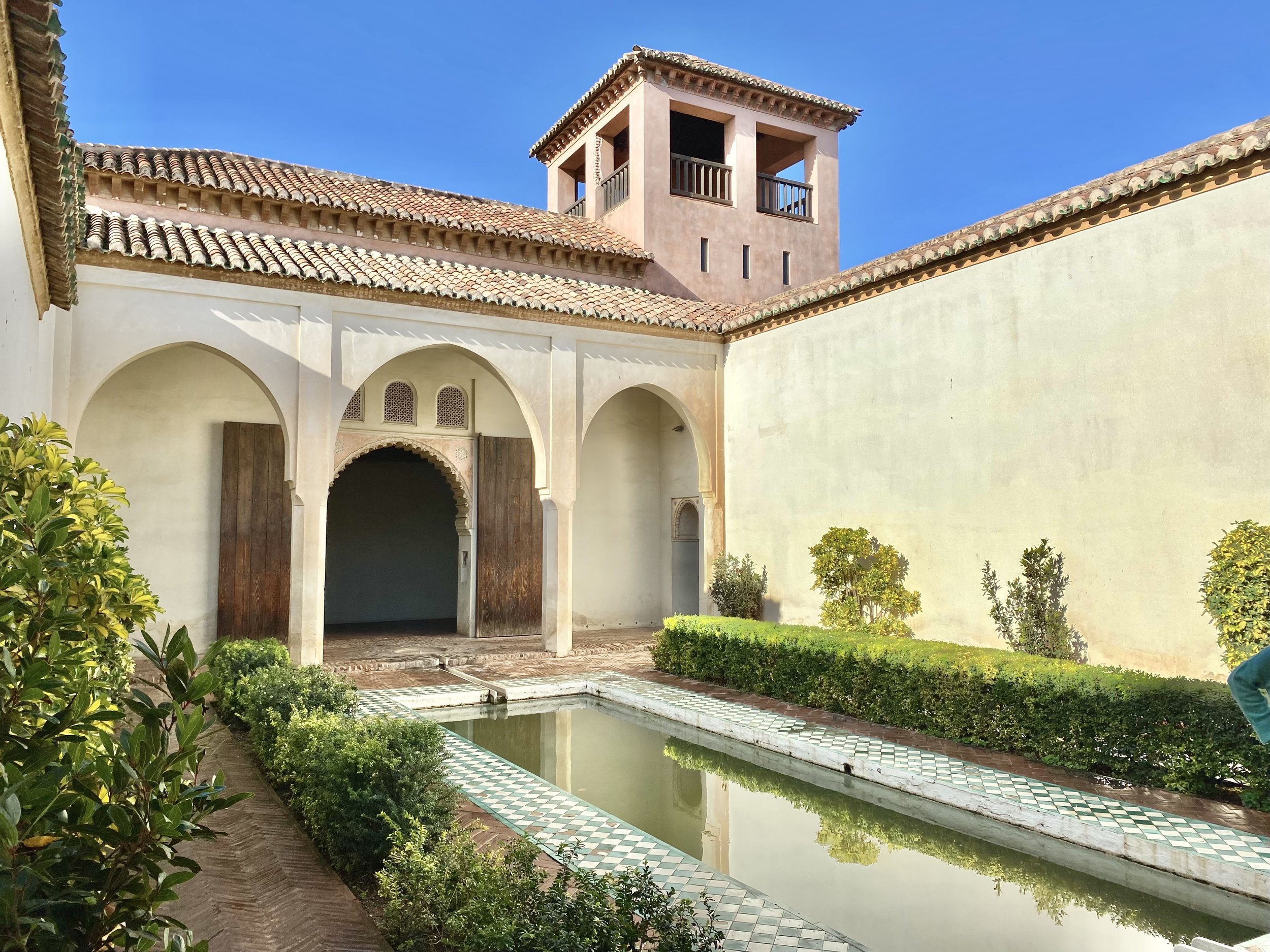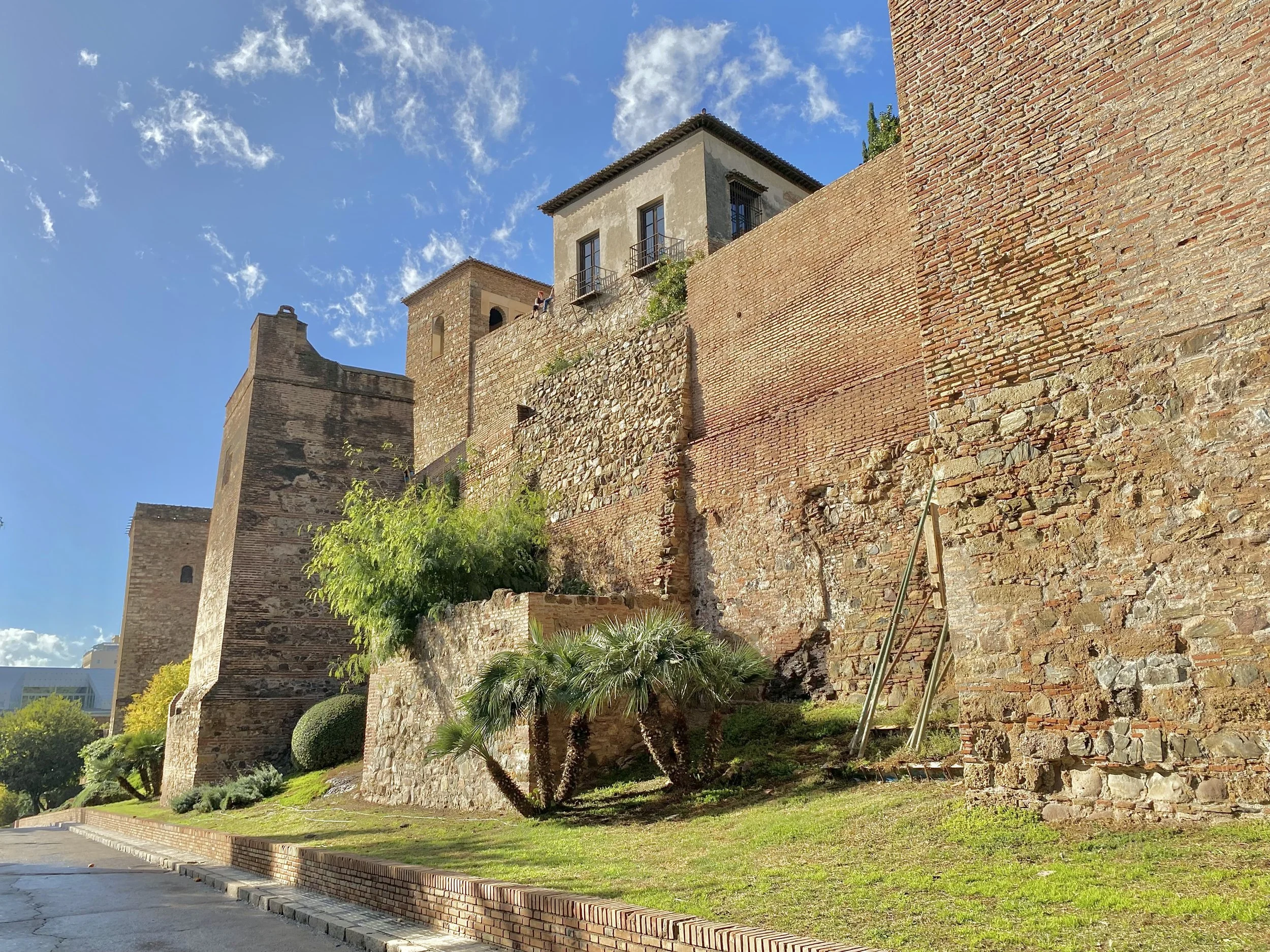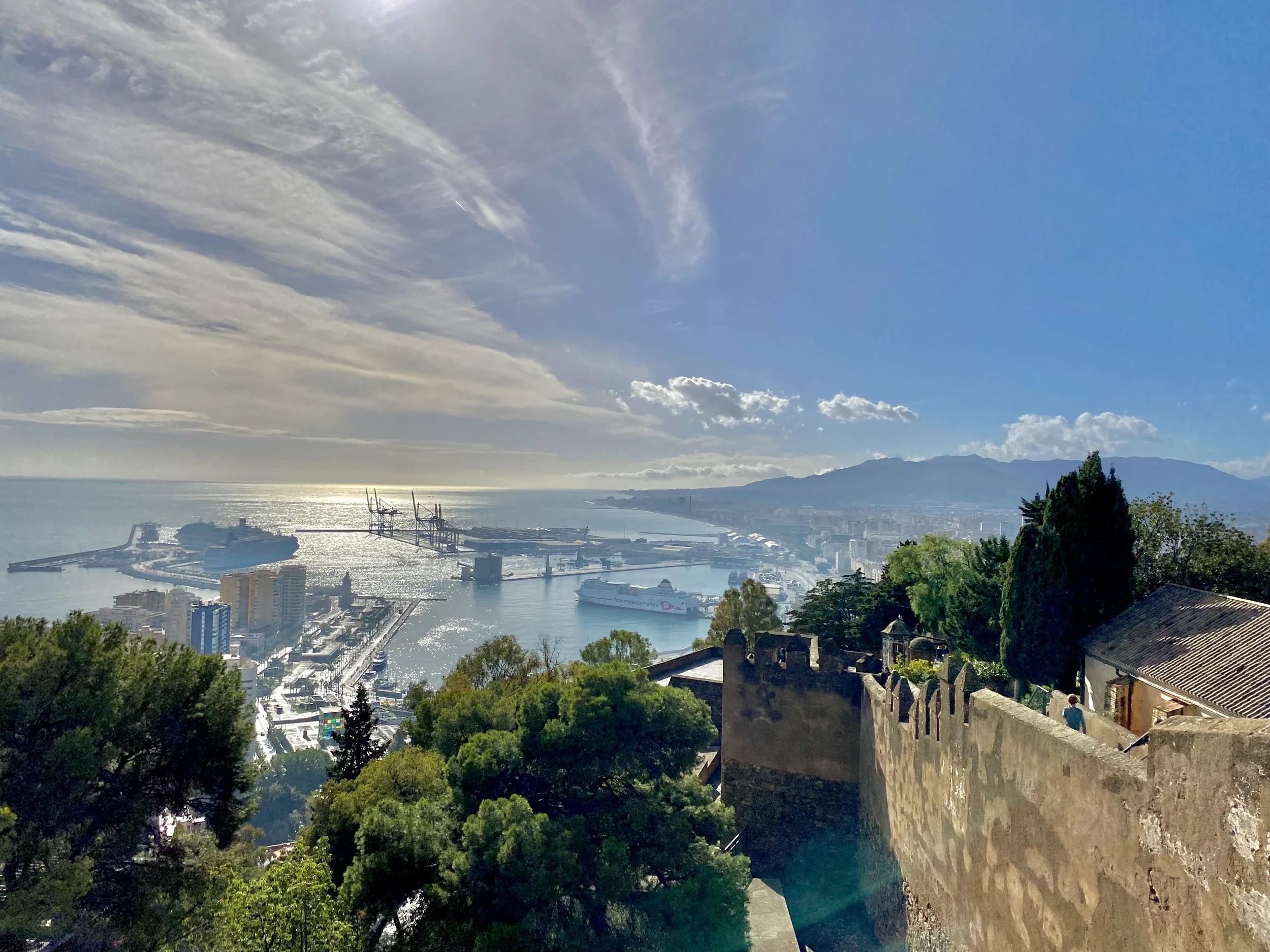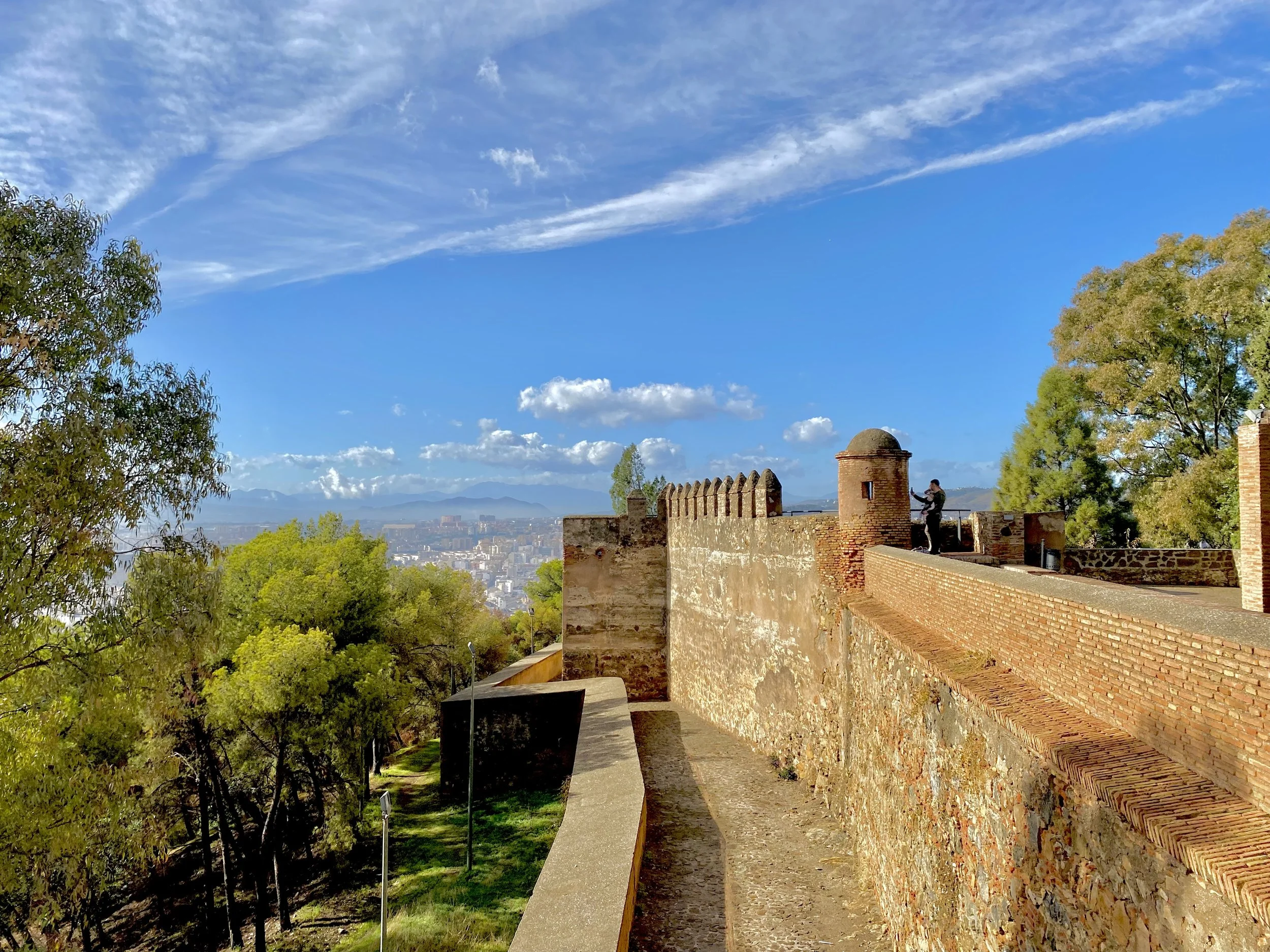Malaga Offers Beach Resort Andalusia
Moorish Andalusia IN a PURE Beach Escape
Malaga is the unofficial capital of Spain’s Costa del Sol and the second largest city in Andalusia. Occupied for over 2,500 years, it is one of Europe’s oldest continuously lived-in cities - and boasts historical elements from Phoenician, Carthage, Roman, Moorish and Spanish rule.
The overall result is that you get tastes of the best of Andalusian culture amid a large, stunning coastal resort town. It’s a delightful way to start or end a trip to Andalusia.
Relax at the Beach
Malaga is the unofficial capital of the Costa del Sol - and the main differentiator between Malaga and other major cities in Andalusia is the beaches. Take plenty of time to relax along Malaga’s beautiful coastline.
Explore The Historic Central
North and Northwest of Malaga Park, you’ll find an urban district full of modernist architecture and quaint shopping lanes. Even though Malaga has quite a bit of ancient history, its more modern Centro Historico was my favorite district. I recommend taking your time to wander aimlessly along its stone roads.
Within this area you’ll find Malaga Cathedral - a structure made over 150 years with a mix of baroque and renaissance styles. I was surprised both by how beautiful I found the cathedral and how close it was to the nearby buildings; I’m used to cathedrals of this size being given more “room to breath.”
Walk through the Alcazaba
The most visited site in Malaga is the Alcazaba - an 11th century Moorish Palace. While not as impressive as those in Seville or Cordoba, the Alcazaba gives you a taste for Moorish architecture and some nice views from the upper ramparts. If you’re around on a Sunday afternoon, you’ll even be able to get in for free.
Just outside of the Alcazaba, you’ll find the Roman Theater - which is always free.
Take in Panoramic Views from Gibralfaro Castle
Built in the 14th century to protect the Alcazaba, the Gibralfaro Castle provides panoramic hilltop views of Malaga and the coast. The fortress structure itself is fairly ordinary and functional architecturally - but the 360 views make it worth climbing up a hill to visit. Plus, if you’re visiting on a Sunday afternoon then it’s free to enter.
Other Things to Do
Malaga is a major city so there are plenty of things to get up to. Here are some of the most common:
Go to a Museum: Picasso was born in Malaga and there are two museums about him that tourists frequent: the Picasso Birthplace Museum and the Picasso Museum. For regional art, you can head to the Carmen Thyssen Museum; for local art and archaeology, there’s also the Museo del Malaga.
Relax in a Park: Within Center City, you can chill at Malaga Park. If you want something larger and a bit out of downtown, you can take Bus #2 to the Botanical Gardens.
Shop at a Local Market: Eat some of the amazing fresh regional produce and the Mercado Central de Atarazana - which is open everyday except for Sunday. If it’s in season, I recommend buying yourself a cherimoya.
Explore the Art District: For a change of scenery, stroll the the Soho Neighborhood - where you’ll find street art and handicraft shops.
Take a Day Trip: If you’re in the city for a few days and want to escape, you can go hiking in Montes de Malaga National Park or Caminito Del Rey, visit the caves in Nerja or take in an amazing bridge view in Ronda.
For me, the main differentiator between Malaga and other cities in Andalusia is the beaches. So, if you’re spending extended time in the city, I’d leave lots of time to just relax along the shore.

